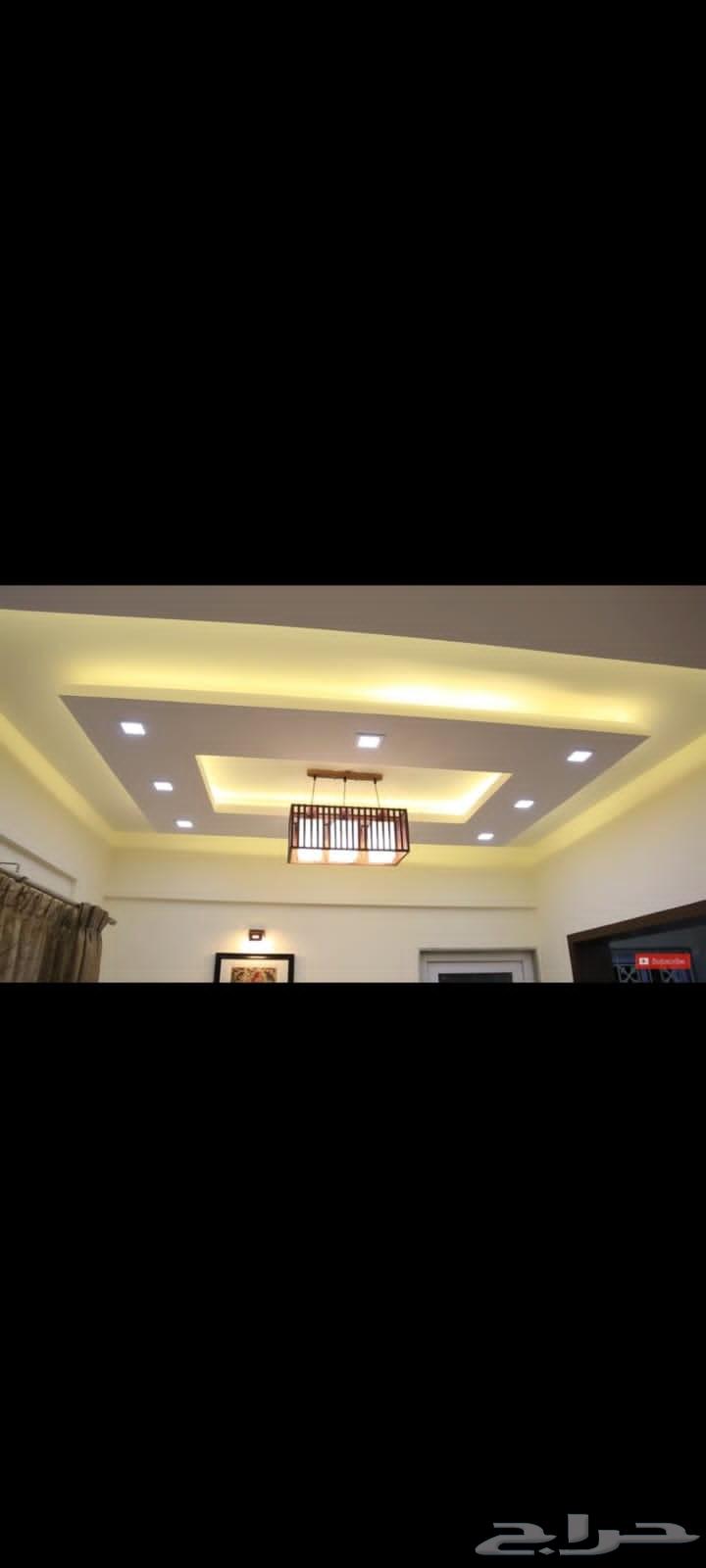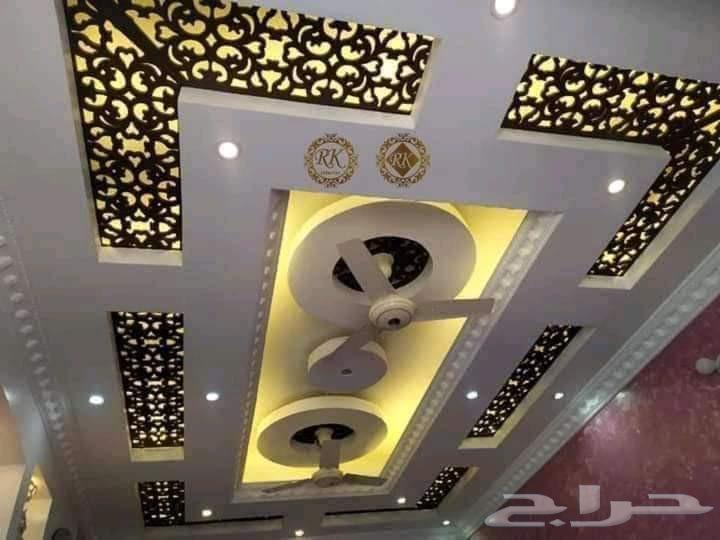




 6
6Gypsum board, also known as plasterboard or drywall, is a modern building material that has become an essential part of the construction industry in recent decades. This material, made primarily from natural or synthetic gypsum, is covered with a layer of cardboard or fiber to enhance its resistance and strength. Gypsum board is characterized by easy installation and lightweight compared to traditional building materials such as brick and cement. It also offers wide design flexibility, making it the preferred choice for many architects and designers. History of Gypsum Board The idea of gypsum board originated in the late nineteenth century, but it did not achieve its current popularity until the mid-twentieth century. During this period, the need for easily installed building materials capable of keeping pace with rapid developments in the construction sector increased. Since then, manufacturing techniques for gypsum board have been improved to increase its durability and suitability for various uses, such as suspended ceilings and interior walls. Types of Gypsum Board There are several types of gypsum board suitable for different construction needs. For example: 1. Standard gypsum board: Used in dry and enclosed areas such as bedrooms and living rooms. 2. Moisture-resistant gypsum board: Characterized by high resistance to moisture, making it suitable for use in bathrooms and kitchens. 3. Fire-resistant gypsum board: Contains special additives that reduce its flammability, ideal for areas requiring additional safety such as offices and hospitals. Advantages of Gypsum Board Gypsum board has many advantages that make it a popular choice in construction: 1. Fast installation: Can be quickly installed using a simple metal frame without the need for cement or bricks. 2. Economic cost: It is less expensive compared to traditional materials, making it an ideal choice for projects with limited budgets. 3. Design flexibility: Allows easy creation of complex architectural designs such as arches and decorative ceilings. 4. Sound and thermal insulation: Helps improve insulation quality within buildings, enhancing comfort levels for occupants. Disadvantages of Gypsum Board Despite its many advantages, gypsum board has some drawbacks, such as: Susceptibility to water damage: If the appropriate type is not selected or properly protected, it may be affected by moisture. Relative fragility: It can be scratched or broken when subjected to strong pressure or impact. Uses of Gypsum Board The uses of gypsum board vary from suspended ceilings, which add aesthetics and hidden lighting to spaces, to interior walls used effectively for space partitioning. It is also used in creating interior decorations such as built-in shelves and decorative details. Ultimately, gypsum board is considered an innovative option that combines practical performance with architectural aesthetics. With ongoing advancements in manufacturing technologies, it is expected to remain one of the key elements in the construction industry for years to come.
